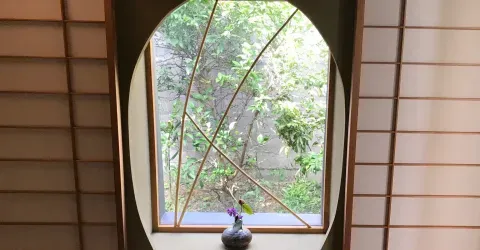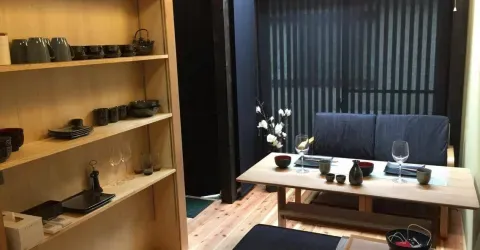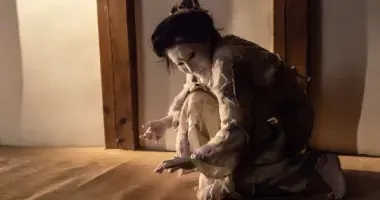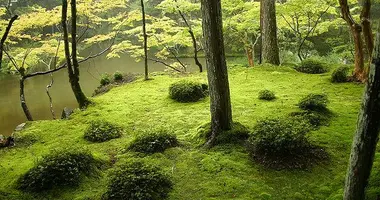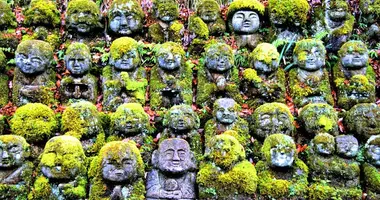Sanjusangendo 三十三間堂
Sanjusangendo, in the Higashiyama district, is a Buddhist temple with a well guarded secret interior. Discover its celebrated works of art.
Sanjusangendo, Kyoto
Kyoto's spectacular Sanjusangendo Temple, established in the twelfth century, houses 1001 carved wooden statues of Kannon - the Buddhist Goddess of Mercy - set in ranks in the main hall: 500, in ten rows of 50, on each side of the seated figure of Senju Kannon. Sanjusangendo is the only such Sentai Kannon-do (one thousand-Kannon hall) left in existence. The 1001 images are around 167cm tall and were made using a technique called yosegi, which allowed a number of craftsmen to work on one statue. First hollow blocks of wood were put together and roughly carved, then the images were finely carved and lacquered for preservation.
On January 15 each year a competition of Japanese archery - kyudo - is held outside the hall. This ceremony is performed on the west side of the hall and involves shooting an arrow 60m (33 gen) at a 1m diameter target. As the arrows appear to fly through the hall the ceremony is known as toshi-ya ("passing arrows"). The event began in the Edo Period and was popular among the samurai of the time.
The temple's name literally translates as "hall (do) with thirty-three (sanjusan) spaces between the columns (gen)." The thirty three refers to the number of incarnations Kannon can appear in.
Sanjusangendo Temple is 64m long and 13m wide and is officially called Rengeoin Temple ("Lotus King"). Sanjusangendo was constructed on the orders of ex-Emperor Goshirakawa in 1164 with support from Taira-no-Kiyomori, the de-facto military ruler at that time. The original building however was destroyed by fire in 1249 and rebuilt in 1266.
The principal image in the temple is the 3.3m-tall, seated "1,000-handed Kannon" (Juichimen Senju Kannon) with eyes made from crystal - carved by Tankei (1173-1256), son of the master Unkei in 1254, and a National Treasure. The images in Sanjusangendo when completed were lacquered and gilded with gold leaf.
The "1,000-handed Kannon" is accompanied by 28 other statues of Kannon's faithful followers (also all National Treasures) and the 1,001 smaller images of the same Kannon, all sculptured in amazing detail and with fantastic skill by Unkei, Tankei and their team of assistants. 24 of the statues were rescued from the fire at the original temple, while the rest were made later. All these statues are classified as Important Cultural Properties. Japanese cypress (hinoki) is the wood used to carve the figures.
Behind the statue of Senju Kannon are the figures of Fujin, the god of wind and Raijin, the god of thunder, who carries circular drums on his back and makes thunder by beating on his drums. The huge Fujin is 3.8m tall, while Raijin is 3.5m in height.
Photography is not permitted inside the temple.
Address, timetable & access
Sanjusangendo Temple
Address
657 Mawari-cho, Sanjusangendo, Higashiyama-ku
605-0941
Japan
Timetable
Sanjusangendo is open from 8:00 am to 4:30 pm April 1st through November 15th, and 9:00 am to 4:00 pm November 16th through March 31. The grounds must be vacated by 30 minutes after the final entry time.Price
600 yen for adults, 400 yen for junior/senior high school pupils, and 300 yen for young children.Access
Sanjusangendo is a short bus ride east from Kyoto Station (buses #100, #206 & #208). The nearest station is Shichijo on the Keihan Line.Website
http://www.sanjusangendo.jp/

